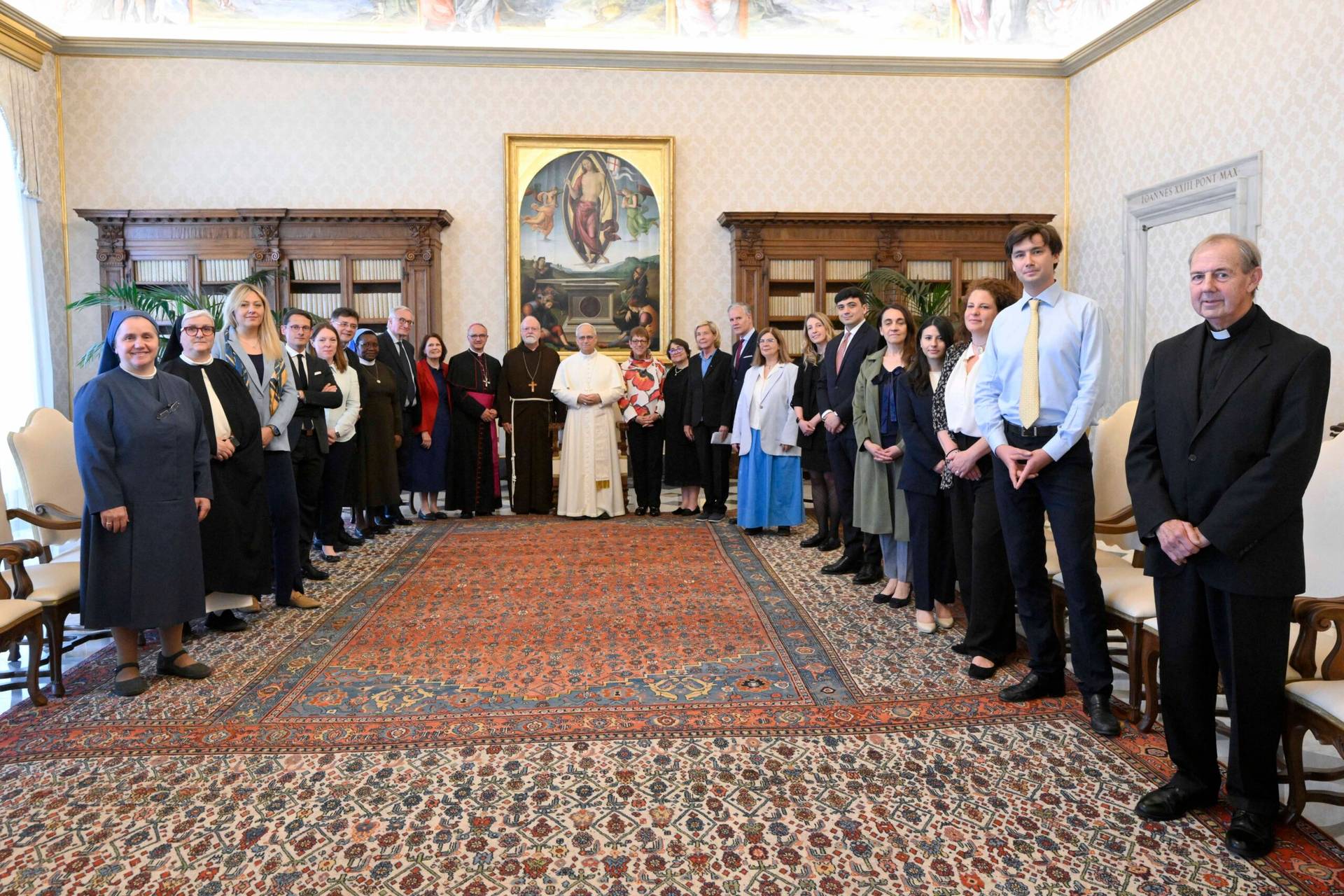Amid the discussion triggered by Capuchin Father Thomas Weinandy’s recent decision to go public with a critical letter to Pope Francis, one well-known Catholic writer dismissed Weinandy’s claim that Catholics are “scandalized” by the pontiff, saying, “Bosh. Francis is probably the most popular pope in history.”
The line caught my eye, because the rhetoric in these sorts of discussions usually doesn’t pivot on claims that can be empirically assessed. Since it’s a quality around which an entire science has developed, I decided to go back over the last 40 years to see what the data tell us.
Before proceeding, three caveats are in order.
First, the statistics that follow pertain only to the United States. A pope is a global figure, and in assessing his real standing at any given time, we’d need data from the entire world. However, the figures in the Weinandy discussion are mostly Americans, and so it’s interesting to see how their claims stack up against American evidence.
Second, popularity is a terribly inexact measure of the merits of anyone’s leadership. To say that one pope was more popular than another definitely is not the same as saying Pope X was better than Y.
A chronic problem with statistics, of course, is over-interpreting what they mean.
Third, seeking popularity isn’t a pope’s mandate anyway, and I suspect the following data would strike each of the last three pontiffs as basically meaningless.
That said, let’s run the numbers.
Here’s what Gallup data show, measuring attitudes among all Americans, Catholic and not. Results are expressed in terms of the percentage of Americans who hold a favorable view of the pope.
Pope John Paul II
- December 1978: 85%
- June 1981: 93%
- May 1998: 86%
- April 2005: 78%
Pope Benedict XVI
- June 2005: 55%
- May 2008: 63%
- May 2010: 40%
- February 2013: 54%
Pope Francis
- February 2014: 76%
- July 2015: 59%
- October 2015: 70%
- Jan 2017: 70%
What’s the take-away?
First, except for specific factors that may produce a temporary dip, popes are generally popular in the United States. Aside from May 2010, when a sexual abuse crisis had spread across Europe with ripple effects in the U.S., Benedict’s approval rating held steady above 50 percent, often well above, for most of his papacy, and his ratings were the lowest of the three.
Second, Francis is tremendously popular in the United States. At a time when Gallup has President Donald Trump’s approval rating at 39 percent, the pope’s robust 70 percent looks especially impressive. Statistics may not prove everything, but they do tell us Francis has strong American support.
Third, Francis is not the “most popular pope in history,” at least among Americans. Over the last 40 years, John Paul’s average American approval rating was 85.5 percent, Francis’s so far is 68.75.
Perhaps the picture changes when we tighten the focus to Catholic attitudes? Again, let’s check the numbers.
Here we’ll rely on the Pew Research Center, which also has been tracking such matters for a long time. Here’s what their results show, expressed in terms of the percentage of American Catholics saying their opinion of the pope is “very” or “mostly” favorable.
Pope John Paul II
- May 1987: 91%
- May 1990: 93%
- June 1996: 93%
- March 2005: 87%
Pope Benedict XVI
- July 2005: 67%
- March 2008: 74%
- April 2008: 83%
- February 2013: 74%
Pope Francis
- March 2013: 84%
- February 2015: 90%
- October 2015: 81%
- January 2017: 87%
Again, three points seem clear.
First, if Americans generally like popes, American Catholics really, really like popes. Combining all the numbers above, the average approval rating among U.S. Catholics for popes over the last thirty years is 84 percent.
Second, Francis’s popularity among American Catholics is deep and strong, with an average approval rating of 85.5 percent. Anyone who claims that “most,” or even “a strong share,” of American Catholics are unhappy with Pope Francis just isn’t looking at the evidence.
(Naturally, there’s active debate over Pope Francis within the clerical caste and among the lay cognoscenti, but that’s been true of every pope since the dawn of the papacy.)
Third, Francis still is not the most popular pope in history. John Paul’s average approval rating of 91 percent among American Catholics is 5.5 points higher.
Granted, Francis has come along at a more polarized time in America, when an approval rating above 90 percent is probably a fantasy for anyone or anything. Also, if we did have accurate, apples-to-apples global data for the period from 1978 to 2017, it’s entirely possible Pope Francis would have the edge, in part because forty percent of the Catholics in the world are from his native Latin America.
Perhaps the best conclusions from this data, however, are the following.
First, since Americans, and Catholics in particular, always seem to like popes, public opinion is likely a poor choice in building an argument for or against any particular pontiff.
Second, it’s striking that three popes perceived in the media as, respectively, conservative, arch-conservative, and liberal, had average approval ratings among Catholics of 91 percent, 75 percent, and 86 percent.
Is it possible that what the numbers really prove is that in thinking that Catholics evaluate popes primarily in terms of left v. right, we journalists are simply out of touch?















